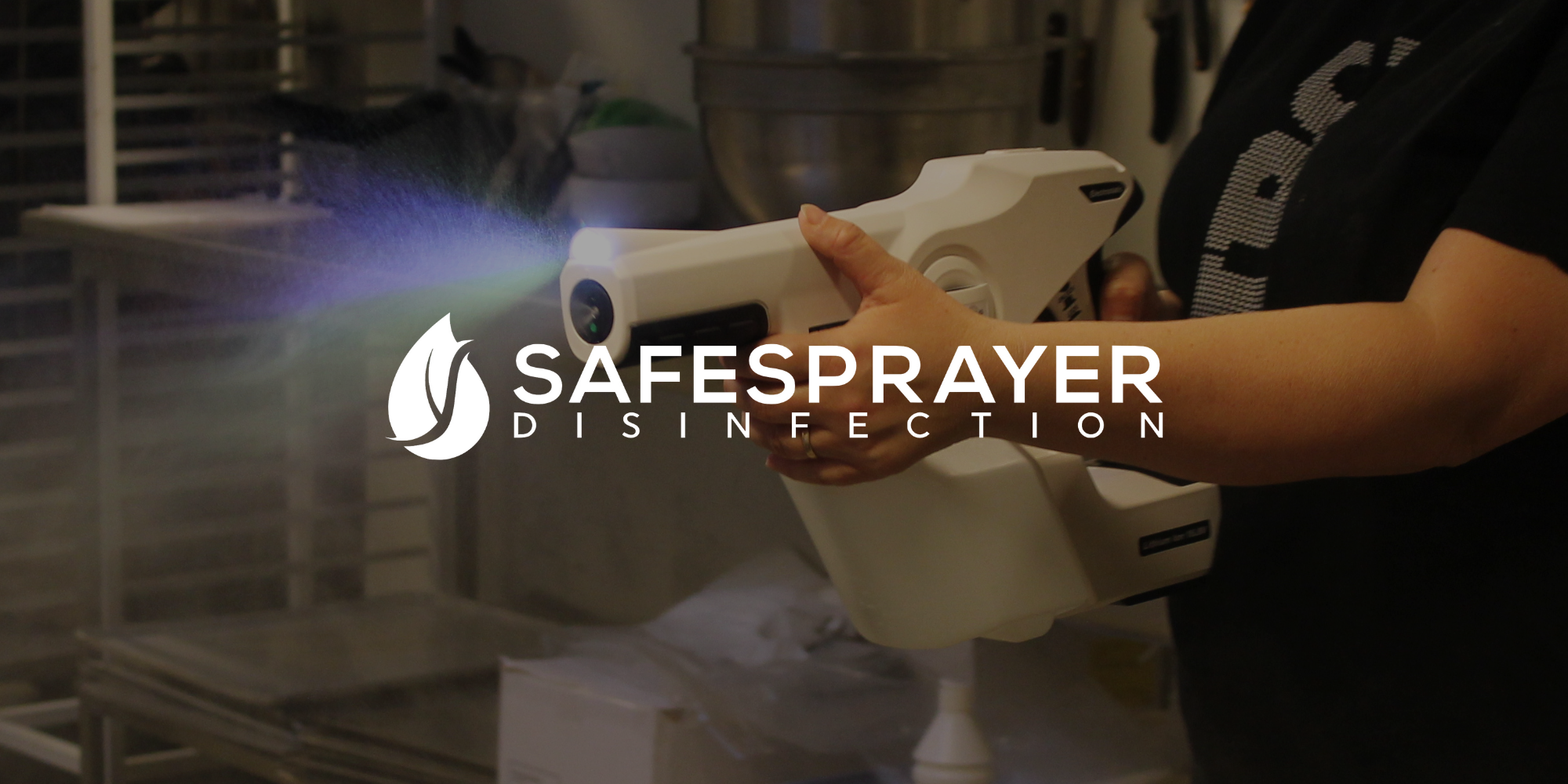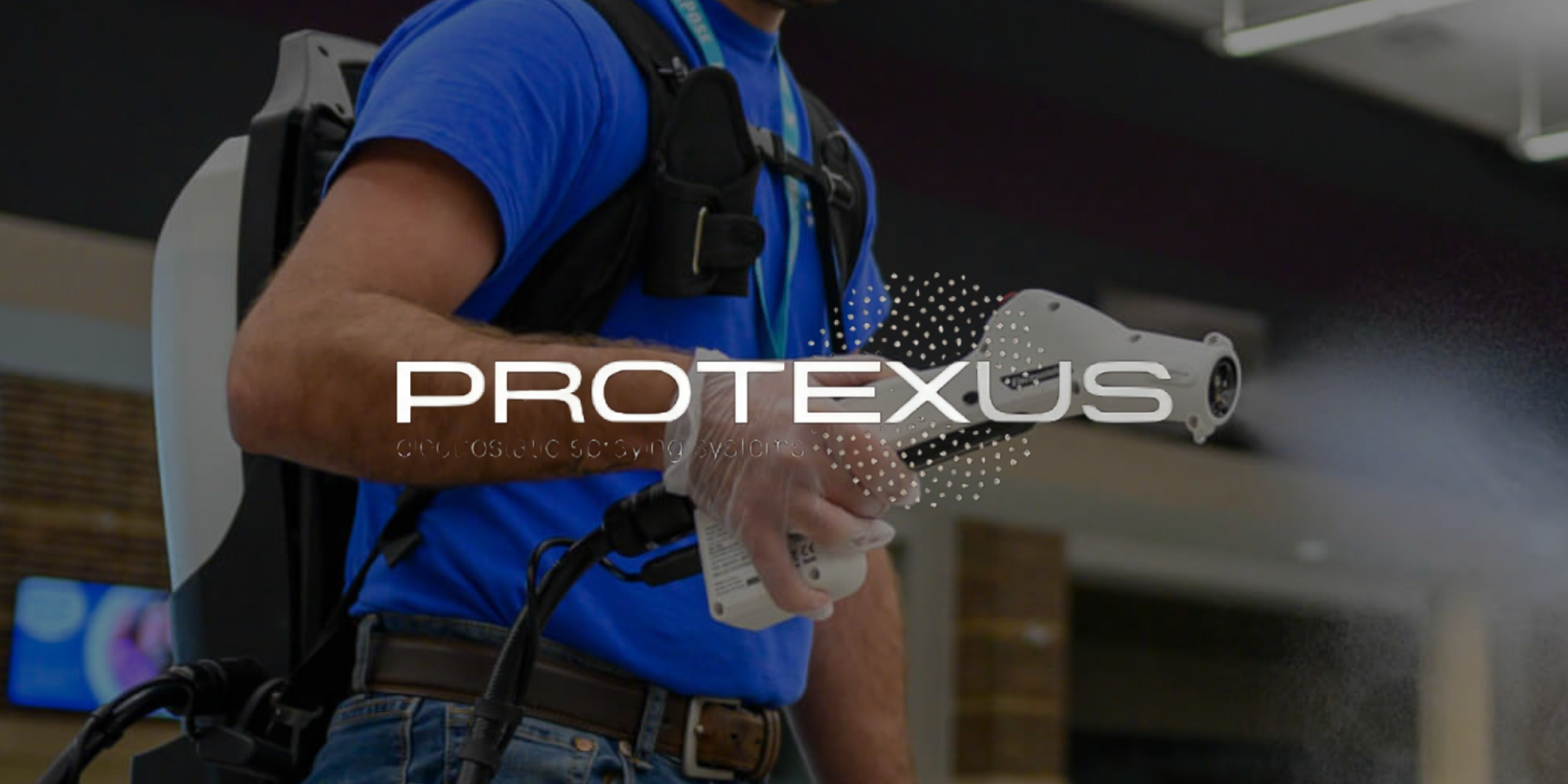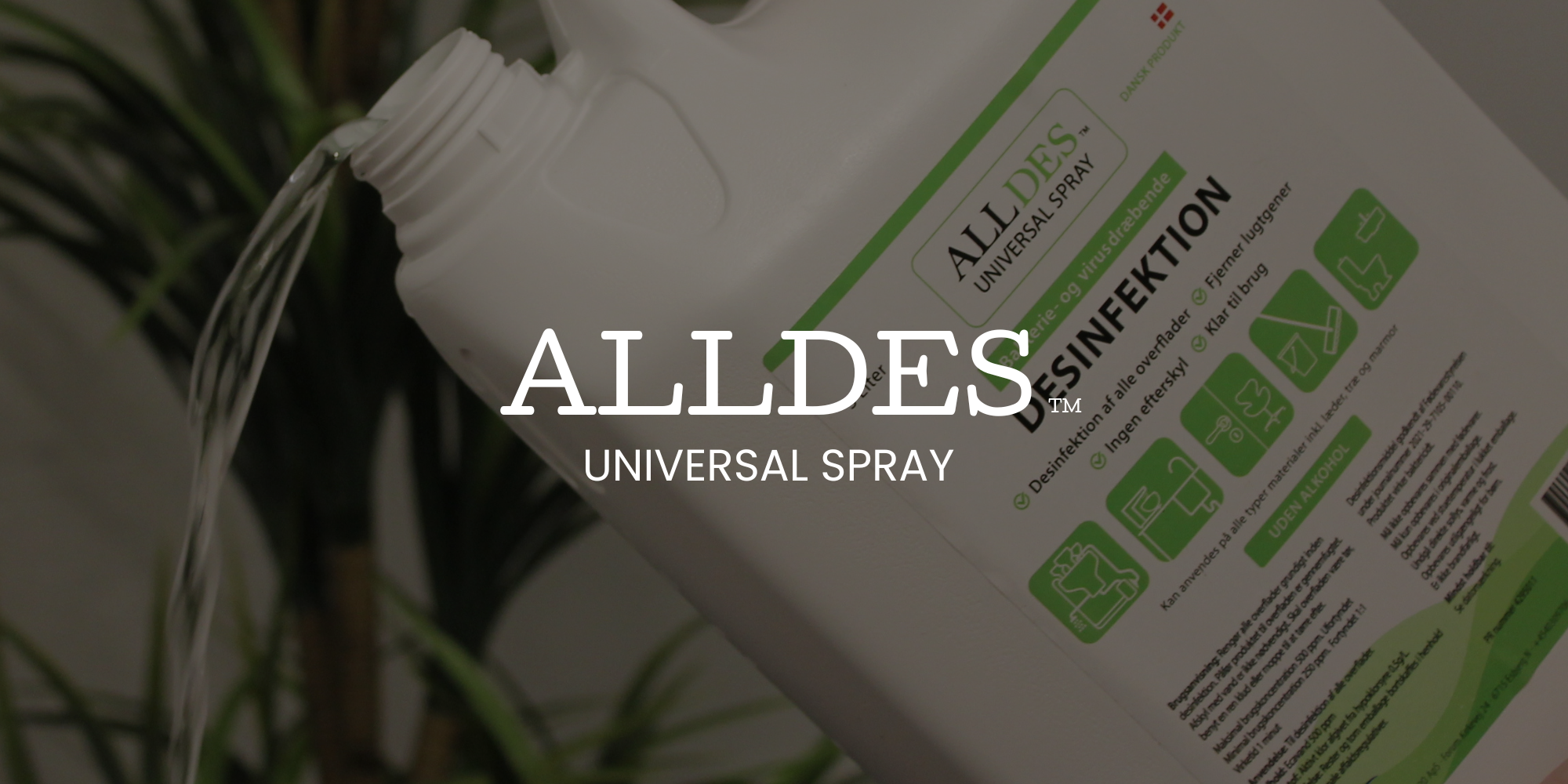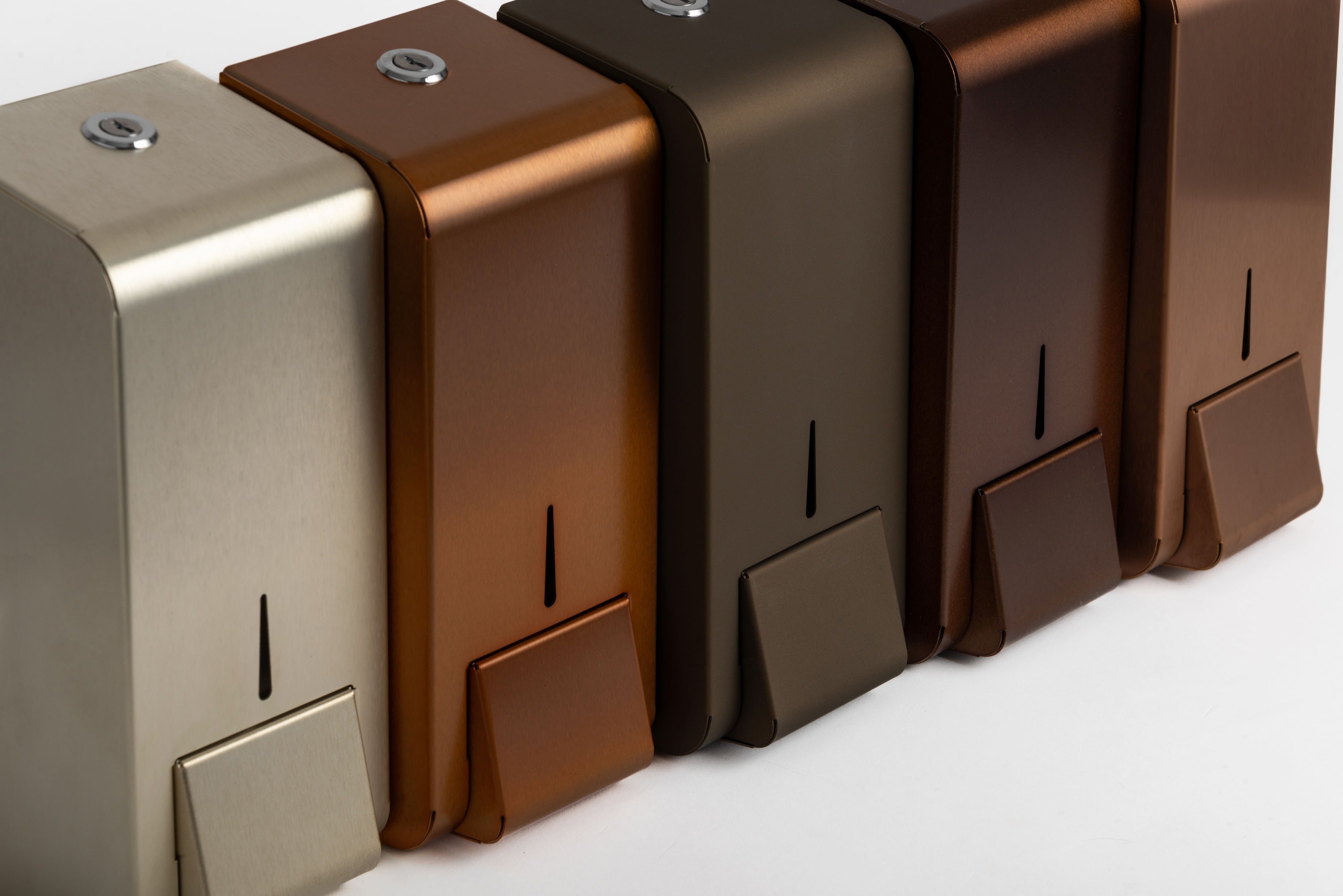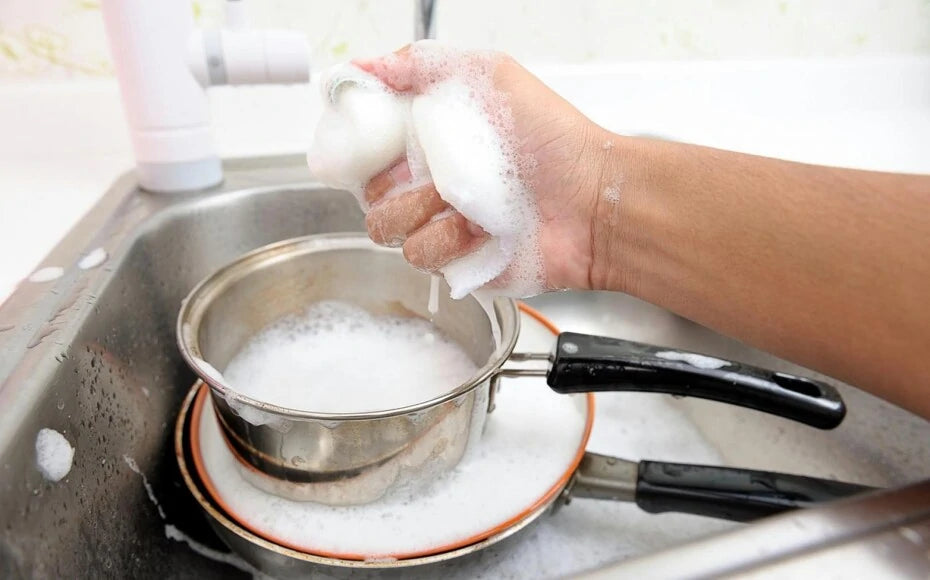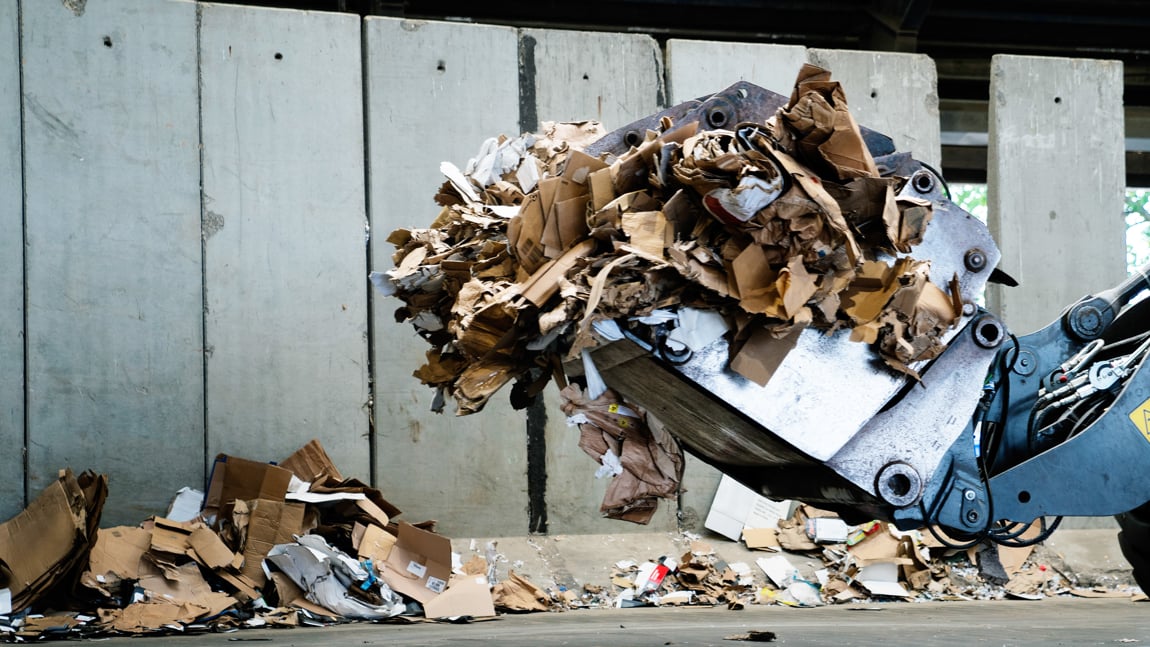Here you can read more about what causes acid beam, what acid beam is and not least how you can prevent and prevent acid beam from occurring in your horse.
What is sour beam?
Sour ray is a bacterial fungal infection that eats into the horn, typically in the ray, and causes the horn to rot. It smells sour and the jet is often black and crumbles slightly in the affected area. The horse is often sore, depending on how deep the wound goes. If you press into the area, the horse will often pull the leg in due to pain. The horse can become lame from acid rays. The microorganism responsible is Spherophorus neaophorus, which breaks down the tissue of the hoof so that there is a black-brown float on the surface of the hoof's ray.
What are the symptoms of sour radiation?
- The horse often has an unclean gait.
- There is a characteristic sour smell from the hoof.
- The decay most often starts in the beam gap and then spreads over the entire beam.
- The horn is black, smelly and disintegrating.
- The lower part of the leg may swell as a result of a bacterial infection.
- Inflammation can occur in the leather skin, which can cause a hoof abscess.
Why do horses get sour straw?
Horses get sour hooves because they are housed damp and unhygienic, as wet deep bedding is packed into the hoof and prevents the hooves from getting air - which increases the risk of infection. Acid jet can also occur on the paddock if it is too damp or muddy. Acid ray can also occur as a result of lack of pruning, e.g. with long overgrown hooves, as horses with narrowed or overgrown hooves are more susceptible to acid rays.
How can you prevent your horse from getting sour rays?
- Regular trimming of the hooves.
- Daily cleansing of the hoof with Hypoclean .
- Stalling in dry and well-strewn surroundings.
On the beam flourishes
Acid ray especially abounds where horses walk on a limited area under unsanitary conditions. A horse exposed to "clean" mud that is more or less free of manure and urine is not particularly likely to develop acid beam, while a horse that stands in urine-soaked bedding most of the day is an obvious candidate to get sour ray.

